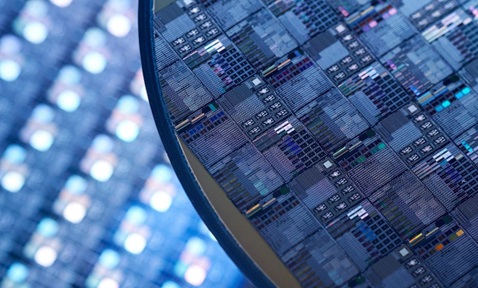
Single-Shot Multispectral Technique for Optical Cryptography and Data Security
Synopsis
Optical cryptography combines optics and cryptography. It uses light properties to prevent hacking, finding applications in defence, finance and healthcare. This technology involves collecting ultra-broadband light, extracting decryption keys from speckle images, ensuring robust data security in optical systems.
Opportunity
Optical cryptography holds promise for securing communication systems and data transmission. Its key aspects include:
- High Security: Leveraging light's properties enhances security, making it less vulnerable to hacking.
- Reduced Interception Vulnerability: Optical signals are harder to intercept, boosting system security.
- Future-Proofing: Integrated with quantum principles, optical cryptography may offer resilience against emerging threats.
- Application in Sensitive Sectors: Industries dealing with highly sensitive information, such as defence, finance and healthcare, can benefit from the high level of security optical cryptography.
Technology
Optical cryptography combines principles of optics and cryptography to create secure communication systems. It uses light properties for encoding, transmitting and decoding data securely, offering unique advantages over electronic cryptography. The optical cryptography method involves:
- Collecting ultra-broadband light from an object via a scattering medium.
- Deriving fixed decryption keys from speckle images.
- Using a portion of the speckle image as ciphertext.
- Decrypting the object by using the multiple decryption keys from the second step in the correct order and position from the ciphertext.
Applications & Advantages
The technology finds application in optical cryptography and offers the following advantages:
- Enhanced data security;
- True-randomness and immune to hacking; and
- The unique encryption and decryption key via optical methods are unaffected by electromagnetic interference.


.tmb-listing.jpg?Culture=en&sfvrsn=57e7d9a3_1)




.tmb-listing.jpg?Culture=en&sfvrsn=3b74ec1c_1)







